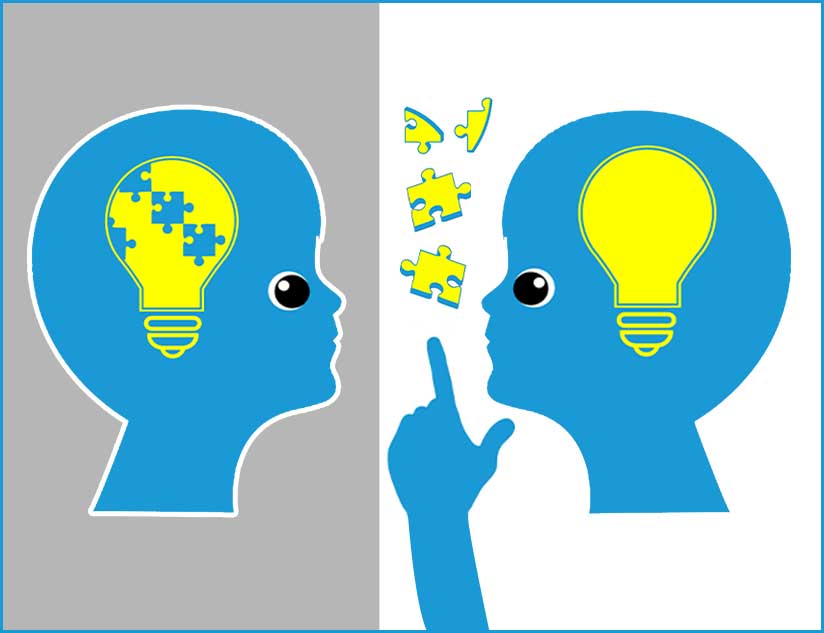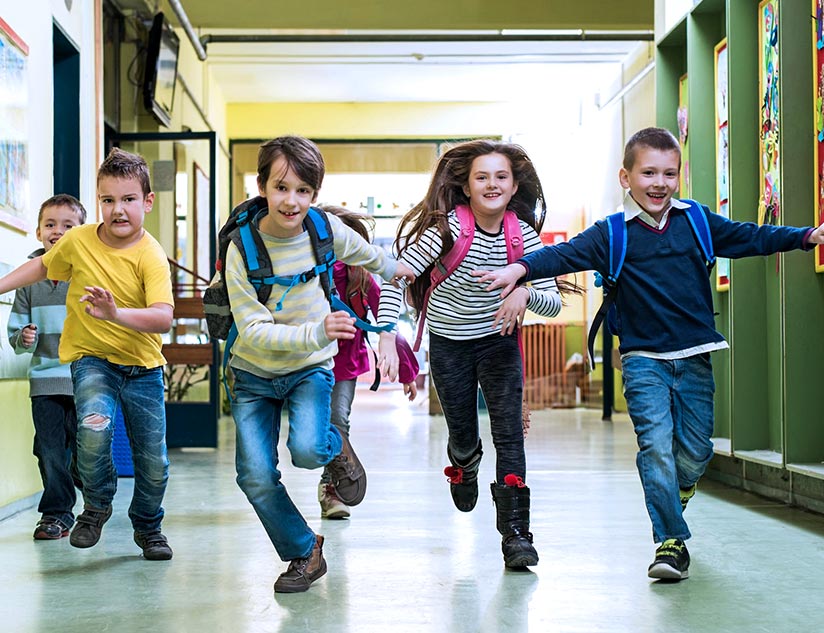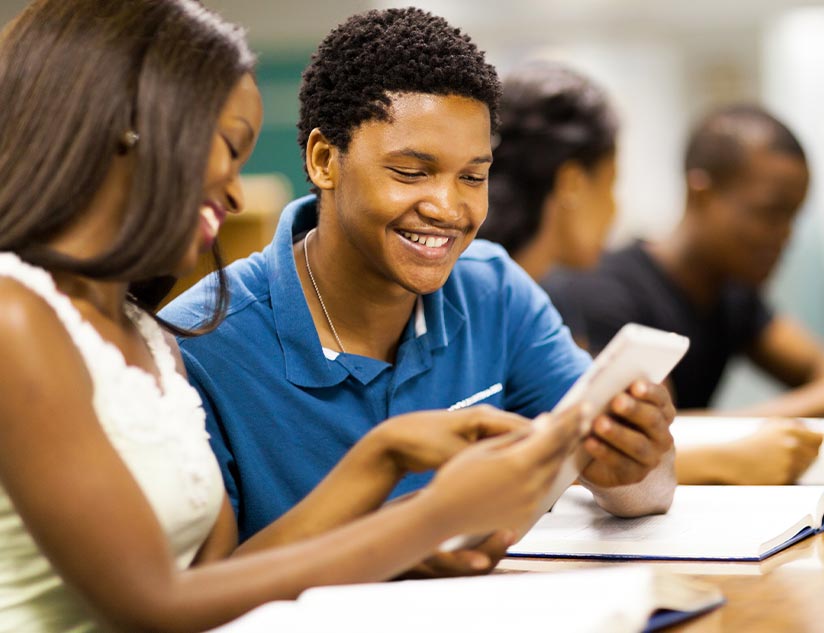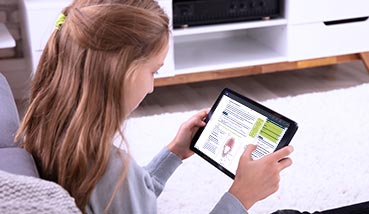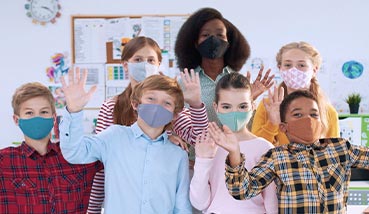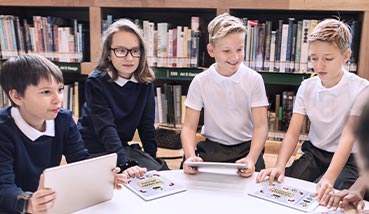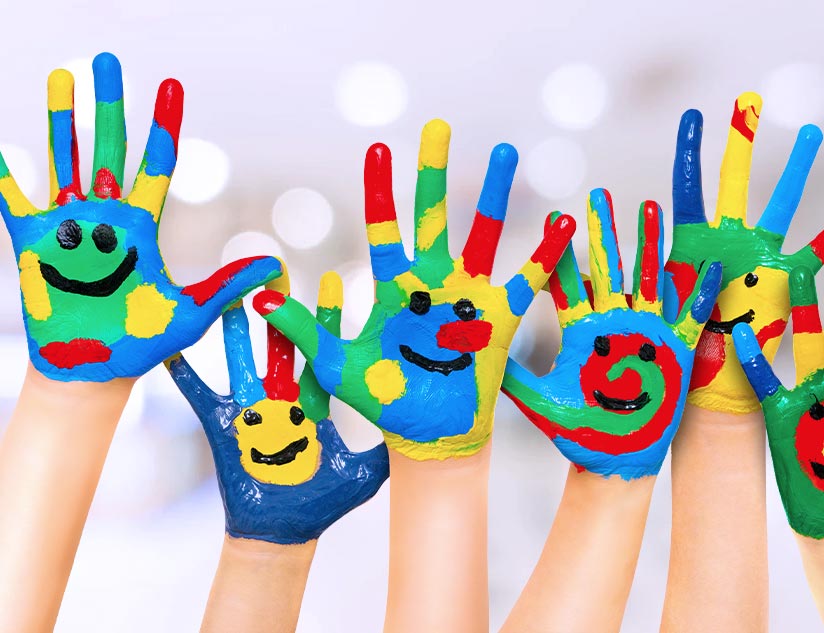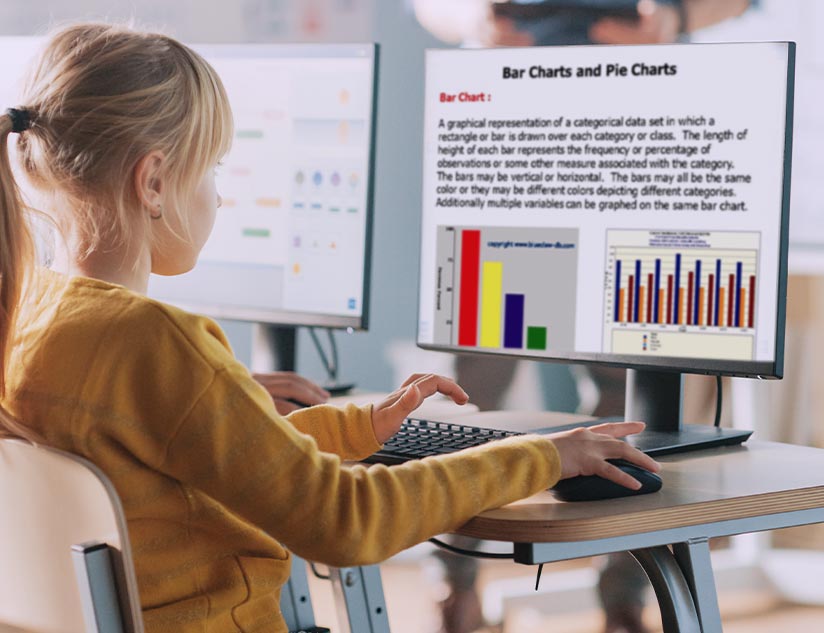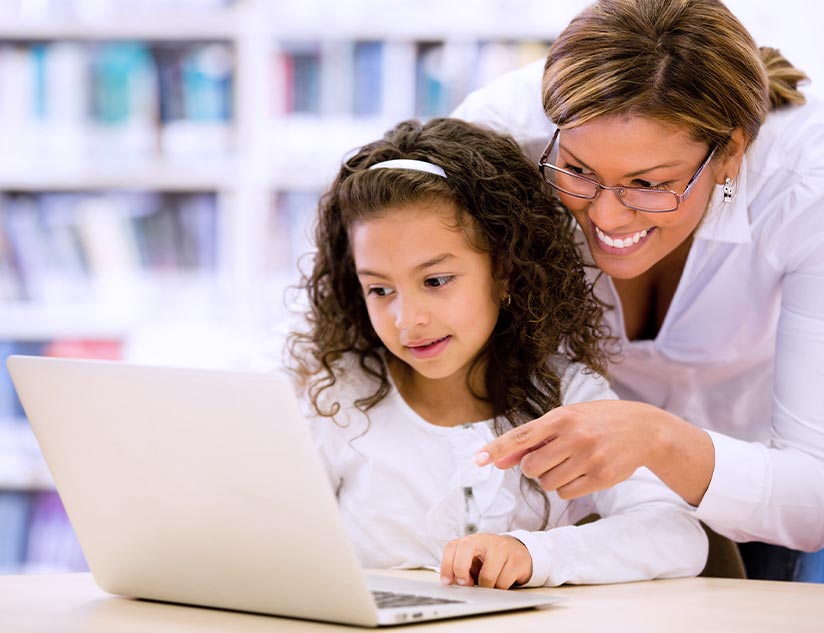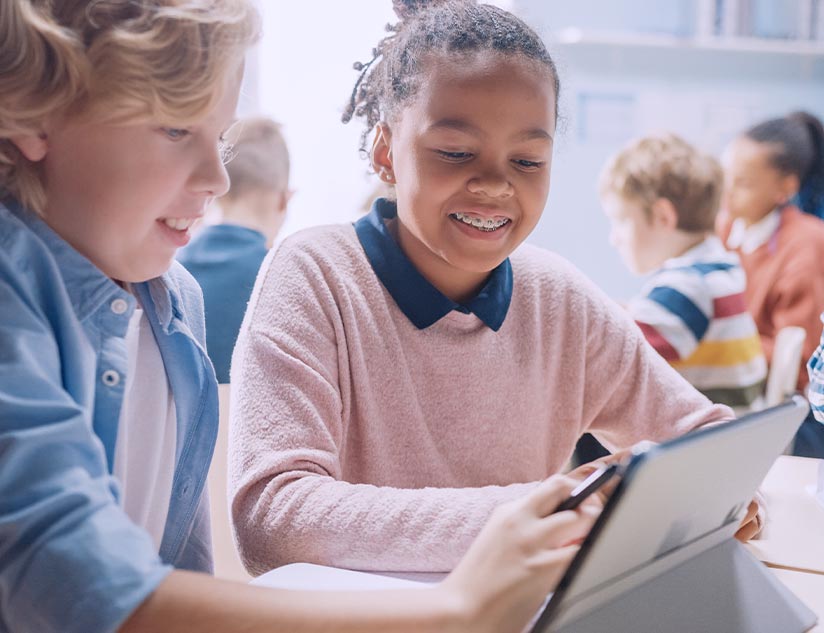If there’s one facet of modern learning methods that don’t get the attention it deserves, it probably is peer-to-peer learning. It was used by Socrates, championed by the psychologist Lev Vygotsky and has been an integral part of the Montessori classroom. And now, Bridget Terry Long, dean of Harvard Graduate School of Education, opines that the current COVID-19 crisis is a time to encourage peer-to-peer learning. The model also helps form a strong foundation for future jobs, prioritizing collaboration, and communication skills, above all other soft skills.
Modern educators are increasingly capitalizing on the vast potential of students teaching each other. The model works primarily on the back of two significant factors – first, communication lines between students are much more open, and second, leadership skills should be instilled in every child.
EdTech, too, is finding takers for the simple fact that its systems are better geared for collaborative learning, using tools such as online forums, message boards, group assignments, and the like. 2019 saw Brainly, a peer-to-peer learning community, raise a Series C Funding of $30 million. Peer teaching through EdTech tools also helps students develop a better understanding of technology. Here’s a comprehensive look.
Traditional Peer Learning Methods Within the Classroom
One of the most common ways to introduce peer learning within the classroom is to give students the reins of the class, if only for brief periods. Classroom peer teaching helps learners since they often find peers to be more approachable than teachers and reinforce the learning of those who are teaching. If you aren’t sure of this at first, try student-led workshops outside of the class (for senior levels) and more group work (for juniors).
Another way to implement peer-to-peer learning within a school set-up is by instituting a mentorship program. Then, set students in higher classes up with new entrants or juniors, on a one-on-one basis, for orientation and academic guidance.
Other strategies for active learning through peer instruction include think-pair-share activities, group work in the jigsaw model, and brainstorming within small groups. At the same time, it is essential to teach student instructors to find positive ways to provide feedback. Here’s a video on implementing peer instruction strategies in a classroom and pairing students based on academic performance:
Peer-assisted learning is also beneficial for students with learning disabilities because it allows one-on-one instruction; students receive a greater amount of individual attention. As a result, feedback and positive reinforcement are doled out with greater regularity, translating into improved academic scores. Students engaged in peer instruction within such a framework also receive training in empathy and tutoring, as they learn to process and address the unique learning needs of their peers.
Peer Learning in the Digital Classroom
A little while ago, a school teacher in Miami Dade came up with a groundbreaking community peer-to-peer learning model, based on videos. Students would record videos exhibiting their mastery of a concept, such as multiplication, and upload the videos on a platform accessible to all. The model has been replicated in several classroom environments, thanks to digital learning platforms and social media.
It is clear that video is a great resource for collaborative learning, and what better than the digital classroom to leverage it? Online learning platforms, such as Online Learning Platforms, such as MagicBox™, allow students to record and share videos, helping with better engagement and improved learning outcomes.
Through its video classroom partner, Bongo, MagicBox™ also provides smooth peer-to-peer collaboration via video assignments and real-time conversations, without any security concerns. Peer feedback is also made more manageable within the digital classroom.
How EdTech Platforms Work via a Peer-to-Peer Model
In the past few years, technology has addressed many learning gaps and helped execute self-directed learning, personalized instruction, repetitive feedback, higher engagement, and subject matter retention. Peer-to-peer learning platforms, too, are coming up thick and fast, and are expanding the boundaries of the physical classroom. From platforms that provide community forums for students to get into discussions to pioneering innovations that help learners transcend linguistic barriers, there’s quite a lot going on.
Digital learning platforms promote social learning, which is another skill that will be a contributing factor in recruitment in the coming times. With the physical boundaries of the regular classroom gone, learners can connect anytime and anywhere, which is the core function of EdTech.
MagicBox™ facilitates peer-to-peer learning through a slew of different features, such as video assessments and virtual classrooms, in addition to providing end-to-end publishing and one-click conversion to ePub3. In addition, it also offers seamless integrations with standard LMSs such as Moodle, Schoology, and Sakai, which provide group discussion features for social learning and other community resources. Contact us to know more.

